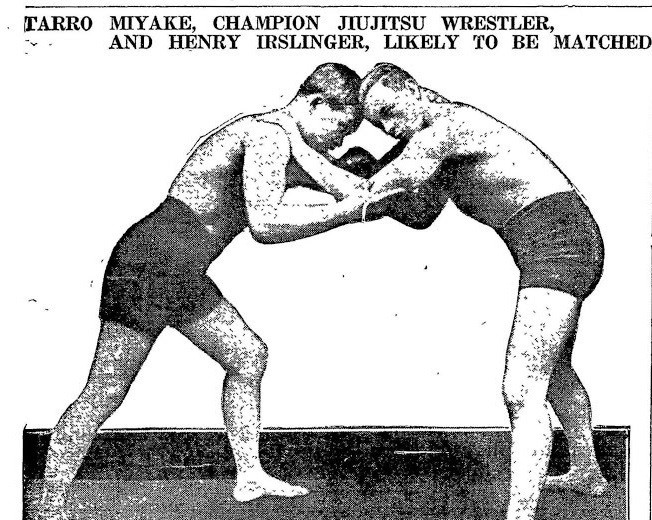Wrestling and BJJ

Most people decide to learn a martial art because they want to be able to defend themselves in a real-world fight. Similarly, many parents decide to enroll their children in martial art classes because they want to be sure they have the tools and the confidence to stay safe. Those who start training with the sole goal of entering competitions or becoming a professional fighter are in the minority.
Since so many people take these classes for reasons of safety, it makes sense to ask: What is the best martial art for self-defense?
For Firas Zahabi of Tristar Gym in Montreal, there isn’t one answer, since mastery of any martial art is going to make you a formidable fighter. It doesn’t matter if it’s sambo, judo, wrestling, or karate. However, Firas thinks that learning a combination of jiu-jitsu and wrestling will make you the best fighter.
Why Jiu-Jitsu?
Jiu-jitsu is different than other martial arts because it was developed by the Gracies in Brazil where a type of competition known as vale tudo was popular. Vale tudo fights have no rules, no time limits, no points, and no weight classes. It is just two people in a ring, and the last person standing wins. In many ways, it is no different than a street fight, only many vale tudo matches went on for hours.
Brute strength and size certainly are advantages in these kinds of fights, but men like Hélio Gracie, who was not particularly big, realized that the key to winning a fight is survival. If you can outlast the other person by conserving your energy and minimizing the damage your opponent does to you while wearing them down, eventually they will tire and make a mistake. If you can capitalize on that mistake and put them into a submission hold, the fight is effectively over.
This is where the techniques and strategies of jiu-jitsu come from. Because there wasn’t a point system, it was impossible to win by accumulating points early on, and then containing your opponent for the rest of the match. You had to knockout or submit your opponent. Another key to the Gracies’ success in vale tudo matches was their ability to neutralize advantages with ground fighting, which is central to jiu-jitsu. By taking them to the ground, you minimize the advantage of being bigger. By keeping your opponent close to you, you minimize the amount of power or momentum they can build, so striking ceases to be a major part of the fight dynamic. Finally, the Gracies developed a range of sophisticated grappling techniques and holds that allowed them to submit their opponents. These techniques and moves are still evolving to this day since jiu-jitsu fighters around the world are constantly refining techniques and creating innovative modifications to moves.
If a fight goes to the ground and one of the fighters has a mastery of jiu-jitsu and the other does not, the jiu-jitsu fighter will almost always come out on top.
Why Wrestling?
Wrestling is not going be ideal in a vale tudo setting or a street fight. Wrestling has weight classes, points, and time limits. Like MMA fights, you know that you can wait out the bell if you find yourself in trouble. You don’t have to escape; you just have to hold out until the round is over.
Firas likes wrestling, however, for two reasons. The first is that it teaches takedowns. While he believes that jiu-jitsu is a more sophisticated ground fighting style of fighting, it can be an incomplete form of grappling since the training focuses almost exclusively on ground fighting. “What would you do if you were in a street altercation? Are you going to sit guard?”
Obviously not. By learning the basics of wrestling—how to do a basic hip toss or a body lock—people who are more skilled at jiu-jitsu can take the fight to the ground, where they can then dominate.
The second reason Firas is a fan of wrestling is because of the conditioning programs typically associated with wrestling programs. In addition to building endurance, conditioning helps people develop athleticism, especially if they start conditioning early in life. Within the jiu-jitsu community, conditioning oftentimes takes a backseat to learning and refining technique.
For Firas, learning self-defense is not just about learning the moves that you will use during a fight. It’s also about being in good enough shape to endure the rigors of a real fight. Therefore, if you are interested in developing the skills you need to defend yourself, you shouldn’t focus solely on learning martial arts like jiu-jitsu and wrestling, you should also put in the additional hours for strength and endurance training because they will enhance your athleticism and make you a better fighter.

